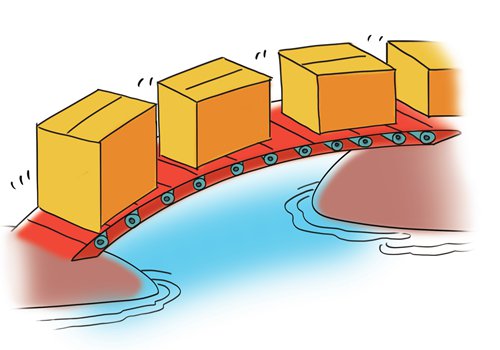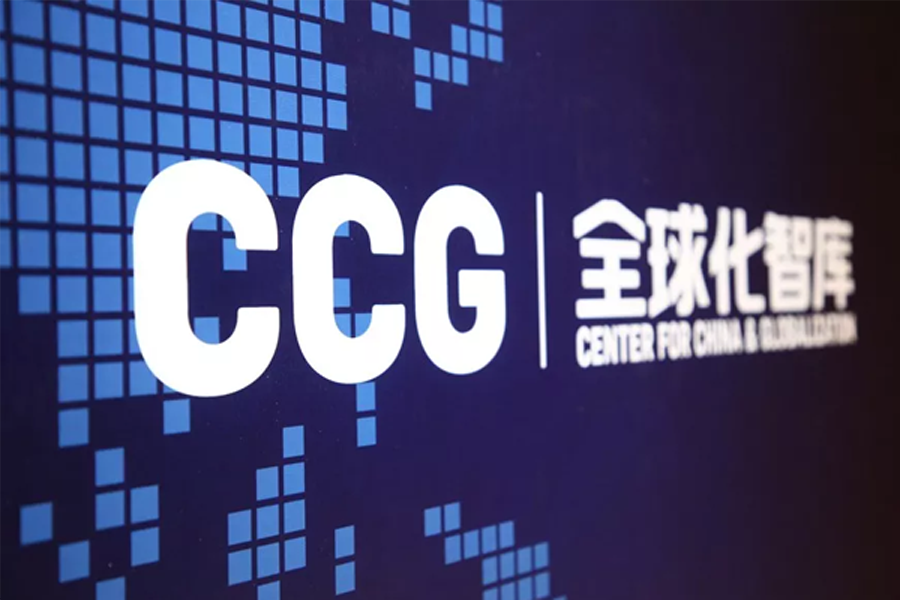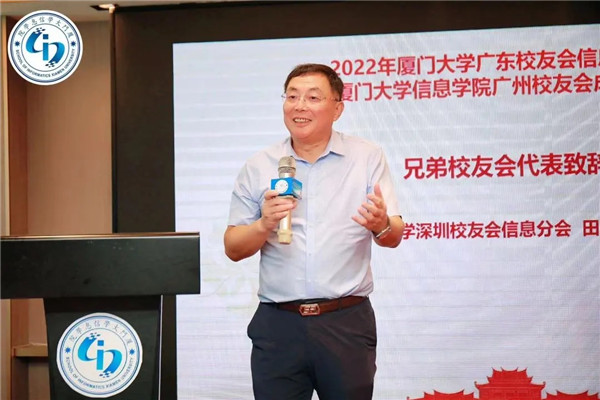Jorge Heine: China-LAC relations ride rising trade wave
2018年1月25日
The Second Ministerial Meeting of the Forum of China and the Community of Latin American and Caribbean States will take place in Santiago, Chile this weekend. Chinese Foreign Minister Wang Yi and 24 Latin American and Caribbean foreign ministers will meet at the Sheraton Hotel, at the feet of the Cerro San Cristóbal, to deliberate on the current and future course of Sino-LAC links and how to give it a further impetus.
The meeting, which follows the first such forum held in Beijing in January 2015, could not come at a better time. China’s economy is picking up, and indications are in 2017 it grew at a higher rate than in the previous year, the first such case since 2010.
Latin America, in turn, is coming out of the economic doldrums. In 2017, the region’s exports grew 10 percent (after four years of steady fall) and imports at 7 percent. After several years of negative growth, the regional giant, Brazil, is also finding its way. Soja imports into China, a key item for countries like Argentina and Brazil, jumped 14 percent in 2017, to 95 million tons, and are projected to reach 98 million tons in the 12 months ending in September 2018. Demand for copper has also picked up, with the metal having reached its highest price in four years. In fact, Latin America’s exports to China in 2017 rose 23 percent, the highest rate for any country or region.
Yet, the fact that Sino-LAC trade is once again on the up should not lead to complacency. Yes, for much of the past 15 years – ever since China joined the WTO – there has been a veritable explosion of such trade, reaching $265 billion in 2013. But what is crucial now is to add new drivers to the relationship, namely investment and financial cooperation.
For too long, Latin America has depended on the ups and downs of the commodity cycle. While, especially in South America, raw materials and natural resources will continue to be a critical part of its export basket, what is crucial now is to increase the investment rate, to improve productivity and to add more value to its exports. In this, it can partner with China.
As it happens, the stars are aligned to produce a remarkable convergence between Latin American and Chinese interests in this matter. On the one hand, Chinese construction companies are flush with cash, cutting-edge technology and the necessary expertise to undertake the massive infrastructure projects South America needs to fill its vast empty spaces, marked by some of the world’s longest rivers and highest mountains.
Much like China, South America has developed mostly on its coastal areas, with the interior often left behind. Intra-regional infrastructure is also quite limited, and its territory cries out for the railways, tunnels, bridges and highways needed to connect the different countries with each other. The development of enclave economies led to a pattern of development in which production units were linked directly to the ports, with few dedicated to intra-regional traffic.
Latin America needs to increase its physical capital on the one hand, and to increase its productivity on the other, which would improve its integration into the international economy. The low rate of investment in the region, at 19 percent, is one of the reasons why it has not been able to make the great leap forward to full, self-sustainable development.
In this partnership, China and Latin America have a great opportunity to work together to diversify the region’s productive structure, overcome its chronic infrastructure deficit and cement its path toward development. The resources that China is putting on the table for these purposes are much more significant than those of anybody else. In 2016, China’s financial flows to Latin America were higher than those of the World Bank, the Inter-American Development Bank and Latin America’s Development Bank put together.
This is a chance to raise China-LAC links to the next level. Partly, this will depend on public policy choices made by each of the respective governments in the region. But this will also hinge upon, like in the case of Southern Cone’s bioceanic corridors, of collective decisions taken at the regional or subregional level.
Mineral resources – be it oil, iron ore, copper or non-metallic ones like lithium (in heavy demand now for electric vehicle batteries) – are an important part of what makes South America attractive to Chinese companies. Ways to increase the value added to them in the region itself are a key element in the badly needed upgrade to our productive structure. As China moves from a heavy industry development model to one based more on services, there is room for working together on this, which is by no means an easy task. Scientific and technical cooperation, as well as joint industrial ventures, are thus very much on top of the agenda.
Yet, in the long to medium term agro-industry offers as much, if not more (given that it is sustainable) than mining to enhance Sino-LAC trade flows. With 19 percent of the world’s population, China has only 7 percent of the world’s fresh water reserves, and 7 percent of the arable land. This means it will always have to import food.
South America’s equation on all of these items is almost exactly the reverse, having one quarter of the world’s fresh water reserves. In fact, it is projected that it is the region that will add the most agricultural surface in years to come – by a full one fourth from 2015 to 2025. Argentina, Brazil and Chile together provide around one fifth of China’s food imports, and will do even more in years ahead, perhaps in ever more elaborate form.
All of this demands increased collaboration and cooperation in building the needful bridges across the Pacific. The foreign ministers at the forum have their work cut out.

Jorge Heine, a non-resident senior fellow at the Center for China and Globalization, an honorary visiting professor at the University of Sichuan and a former ambassador of Chile to China.
From Global Times,2018-1-18





